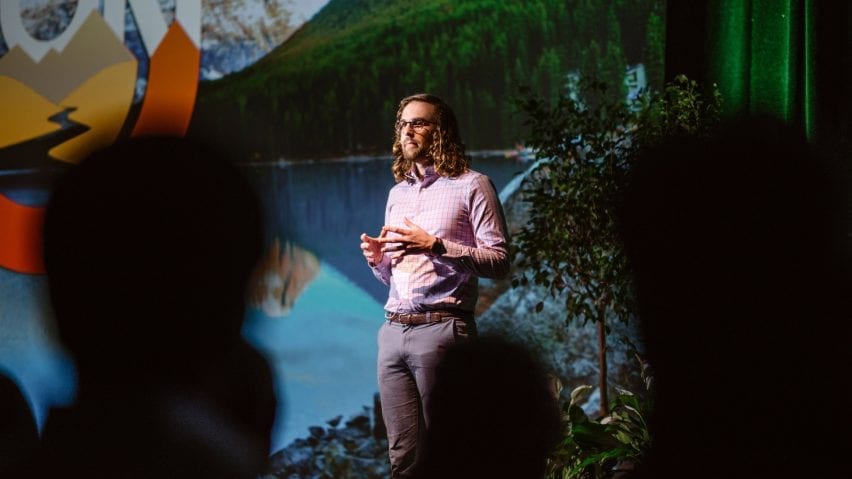
Nori aims to create "financial incentive for pulling carbon out of the air" says CEO Paul Gambill
Seattle start-up Nori is building an online marketplace that aims to incentivise people to capture carbon from the atmosphere.
It plans to upturn the current economic model that makes it more profitable for companies to emit carbon than to remove it.
"Nori is on a mission to reverse climate change by making it as simple as possible to pay people to remove carbon dioxide from the atmosphere," the company said.
Companies and individuals who want to erase their carbon footprints can buy captured atmospheric carbon via Nori's marketplace.
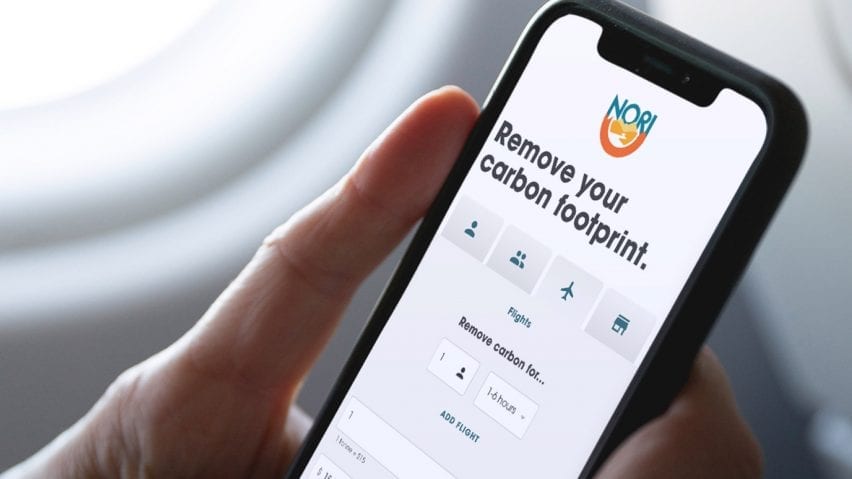
Purchasers get certificates to prove they own the carbon and transactions are recorded using blockchain technology. Sellers sign contracts committing them to sequester the carbon for a minimum of ten years.
"If we want people to do something they're not currently doing, the best way to get them to do it is by paying them," Nori CEO Paul Gambill told Dezeen.
"So what we need is a financial incentive for pulling carbon out of the air," he said. "That was really the germ of the idea that ended up becoming Nori."
Setting a price for captured carbon
Since its launch in 2017, the company has tried to demystify carbon removal, presenting the element as an exchangeable asset and allowing people to buy and sell it in an intuitive way.
Customers buy Nori Carbon Removal Tonnes (NRTs), which guarantee the removal and storage of one metric tonne of carbon dioxide equivalent (CO2e) for a ten-year period.
The cost of one NRT is currently $15. This is significantly cheaper than buying carbon credits – licences to emit carbon that act as a form of tax on polluters – on emissions trading markets, with the price of EU emissions permits hitting a record price of $50 per tonne last month.
The average American's carbon footprint is 16 tonnes per year, meaning an individual can use Nori to neutralise their climate impact for an annual investment of $276 (including Nori's 15 per cent transaction fee).
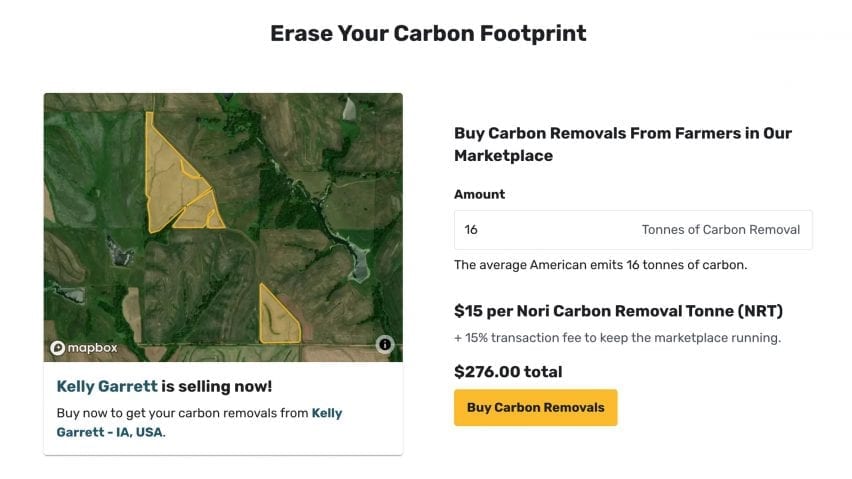
Establishing a clear price for atmospheric carbon is central to Nori's mission. This will help to show investors, governments and businesses that there is a demand for captured carbon and drive investment into more removal.
"Right now, the world does not know what the carbon price is," Gambill explained. "If you're a buyer you don't know how much you should be paying, if you're a seller you don't know how much you should be charging."
"Putting this price out there helps everyone orient themselves around how we are going to solve this problem," he added. "Prices are information and we need more information in order to solve climate change."
Soil is the "most affordable" method for storing carbon
There are various methods of removing carbon from the atmosphere including natural methods such as capturing it in soil and planting trees, and synthetic methods such as building direct air capture (DAC) machines.
The latter is expensive, with DAC company Climeworks currently charging around $900 to remove a tonne of CO2.
For now, Nori is only facilitating trades in projects that capture carbon in soil. This is "by far the most affordable and scalable method of carbon removal that we know today," according to Gambill.
Soil stores three times more carbon than all living plants and animals on earth. The material naturally sequesters carbon as plants pull CO2 from the atmosphere through photosynthesis, transferring excess carbon into the soil via their roots, feeding microbes and fungi.
Since carbon makes up half of the dry mass of all plants, more carbon enters the soil when plants die, providing further food for soil organisms.
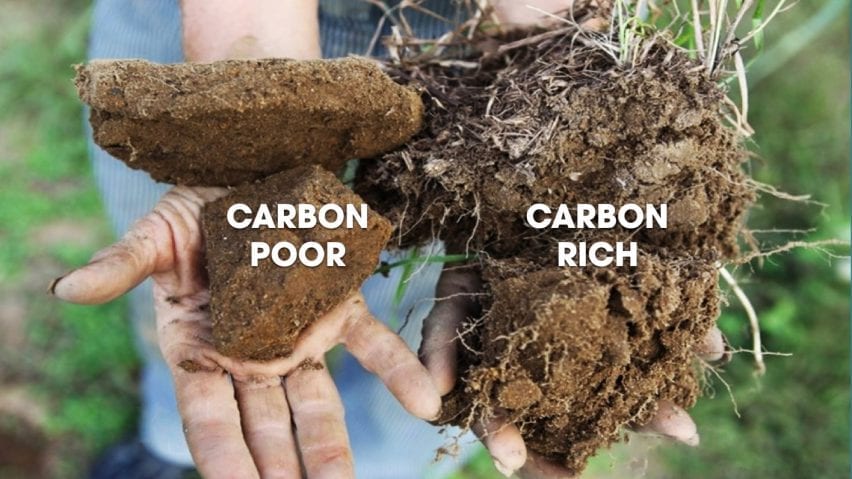
But industrial farming practices such as ploughing, burning and chemical spraying kill these carbon-storing micro-organisms, causing the carbon to be released back into the atmosphere.
Regenerative farming practices such as eliminating ploughing and using compost instead of chemicals can help to keep this organic matter alive, locking carbon away in the soil while simultaneously fighting soil erosion and increasing fertility.
"It's a two-for-one where farmers will eventually increase their crop yields, their soil will be more resistant to extreme weather like droughts and floods and their fertiliser input costs will go down," Gambill explained.
"The entire food and agriculture industry is already moving into that direction so there's large-scale support from big agribusinesses."
Regenerative agriculture could remove five billion tonnes of CO2 a year
Nori is currently offering more than 13,000 tonnes of carbon captured by North American farmers who use regenerative farming methods to lock the element into their fields.
"Globally, there's potential to remove five billion tonnes of CO2 or more on an annual basis [via regenerative farming practices]," Gambill said. "That's a huge amount – 10 per cent of all annual global emissions."
Last month, musician Imogen Heap used Nori to purchase 20 tonnes of carbon directly from Iowa farmer Kelly Garrett to offset the emissions associated with the release of six digital music tracks that were sold via non-fungible tokens (NFTs).
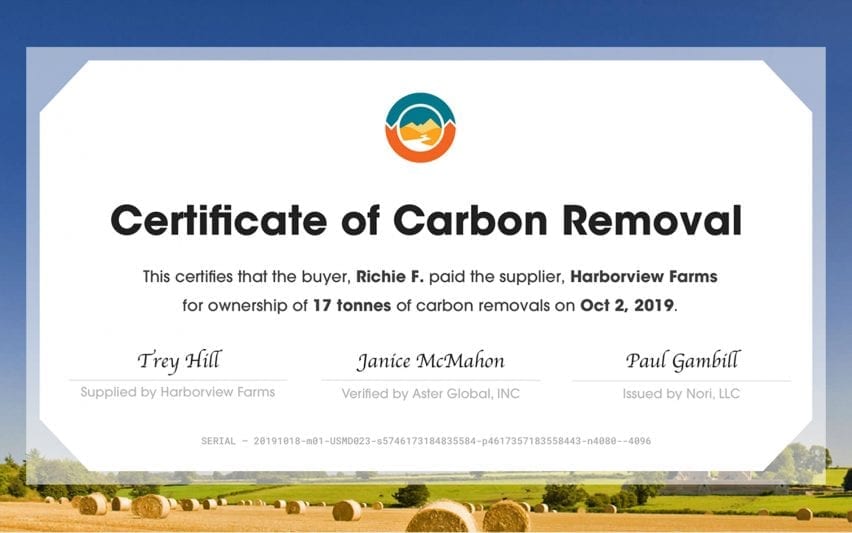
This allowed the musician to solve the dilemma associated with NFTs, which consume large amounts of energy and have been criticised for their "horrible" environmental impact.
"We were able to buy 20 carbon tonnes worth of removal," Heap told Dezeen. "So that's 100 times more [emissions] than [the NFT drop] generated."
Eventually, Nori plans to offer other carbon removal methods such as direct air capture and "blue carbon" projects that sequester emissions in marine and coastal ecosystems such as mangroves.
The ultimate goal is to create a "planet-wide carbon removal factory" capable of pulling enough carbon out of the atmosphere to help avoid runaway climate change.
Afforestation is the least reliable method of carbon capture
However, Nori does not plan to work with afforestation projects. Although tree-planting is the best-known means of capturing carbon, Gambill argues that it is actually the least reliable.
"Planting trees is probably the most difficult potential method from a measurement and verification perspective," he said.
Trees take years to grow and many commercial forests are harvested for biomass, which is burned to generate energy, meaning the carbon is pumped straight back into the atmosphere.
"You don't start seeing carbon retention and sequestration happening for at least 10 years," Gambill said. "And then you have to maintain that forest and make sure it isn't burned or cut down."
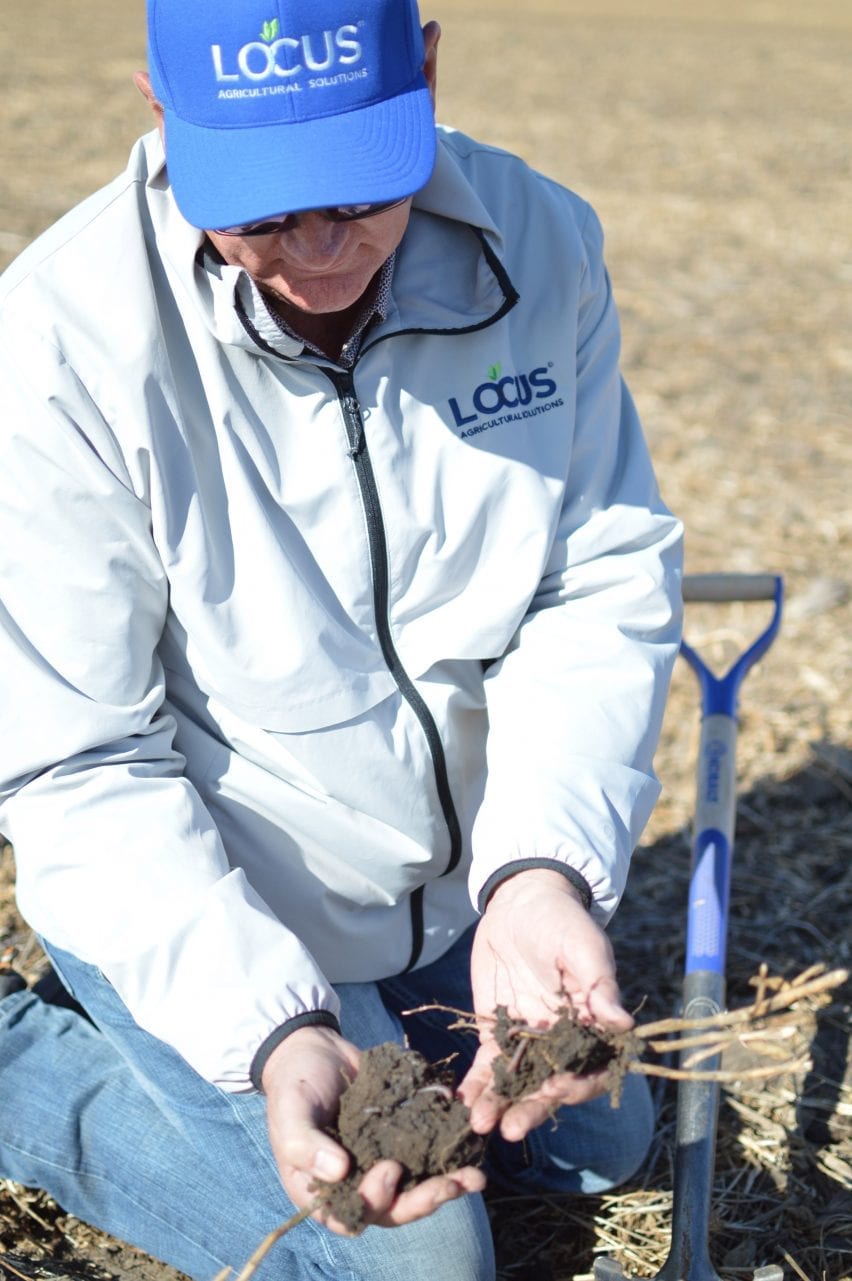
Critics have questioned how permanent soil carbon storage is compared to methods such as mineralisation, which can lock carbon away underground forever by converting it into rock.
But Gambill argues that soil carbon storage offers a more immediate solution to an urgent problem.
"I don't think permanence matters quite as much as throughput," he said. "The amount of carbon that we're removing matters a lot more than how long it's staying out of the air."
"I would so much rather remove 100 million tonnes for 10 years today than I would 10 million tonnes for 100 years," he added. "There's too much carbon in the air right now, so we need to remove more carbon right now."
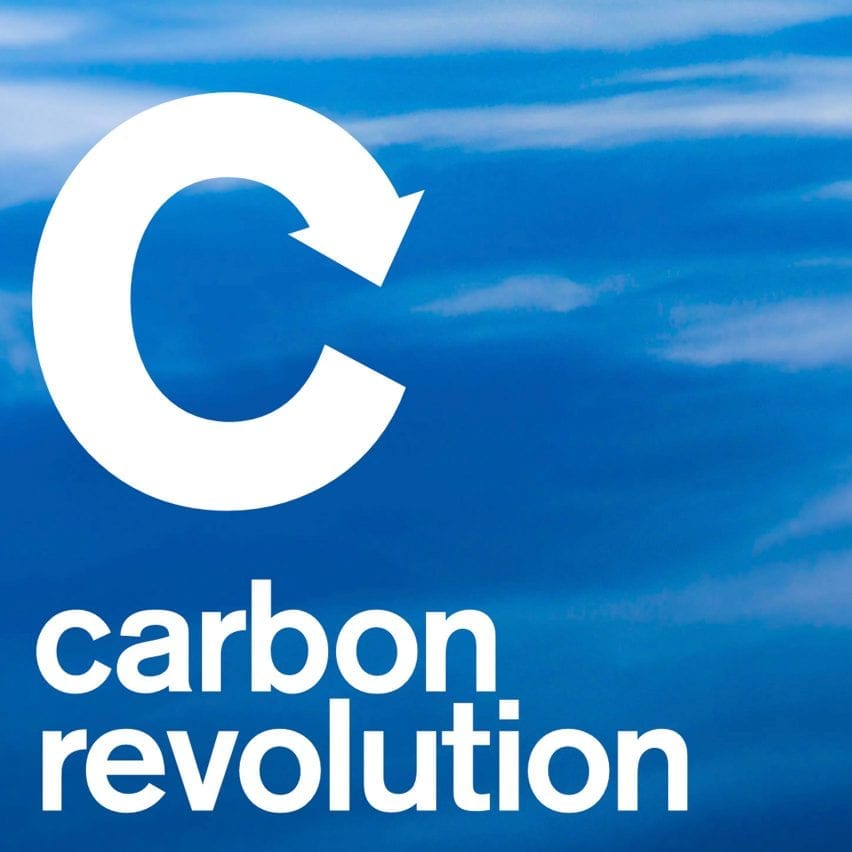
Carbon revolution
This article is part of Dezeen's carbon revolution series, which explores how this miracle material could be removed from the atmosphere and put to use on earth. Read all the content at: www.dezeen.com/carbon.
The sky photograph used in the carbon revolution graphic is by Taylor van Riper via Unsplash.